How air travel has changed from the 1920s to today
A history of air travel in pictures
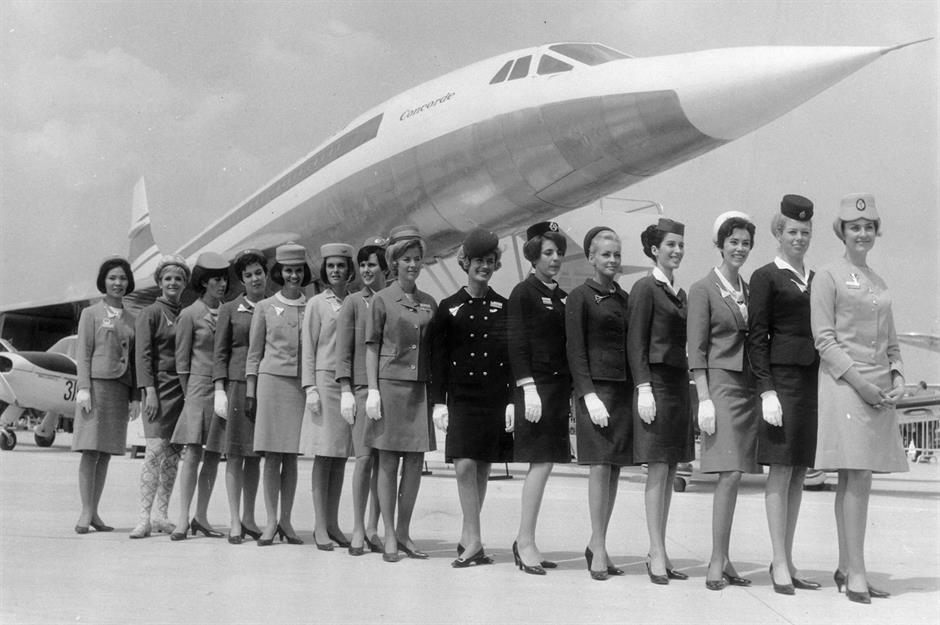
1920s: passengers wait to board a plane in 1929
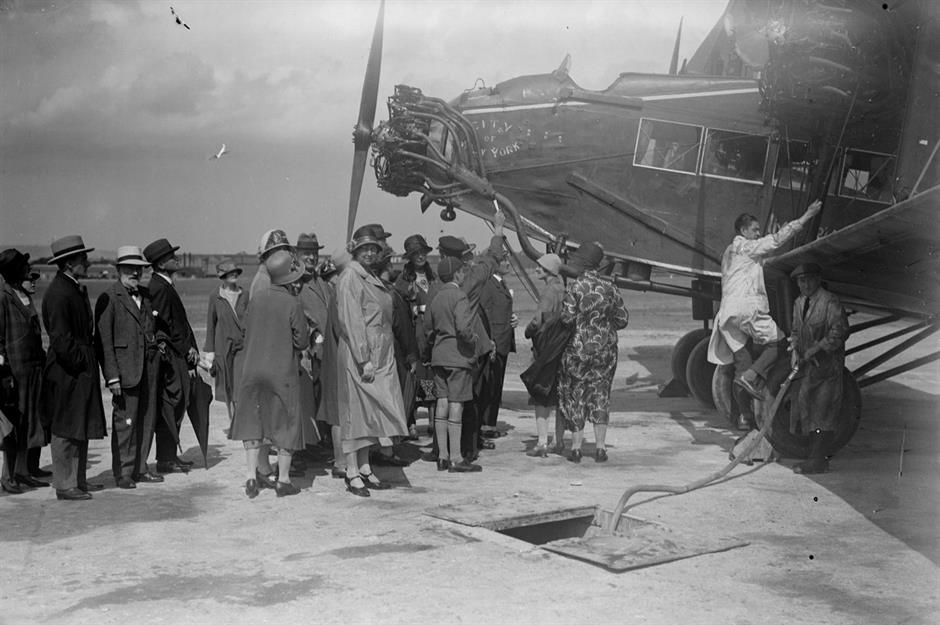
The story of commercial air travel begins before the 1920s, in 1914, when the world's first scheduled passenger service set off between Tampa and St Petersburg, piloted by Tony Jannus. Though commercial aviation did not take off quickly, through the 1920s more and more airlines and aviation companies tried to build on this milestone with varying degrees of success. Here, passengers wait at Croydon Airport, UK to board a Handley Page W.9 aircraft, a model used by early airlines Imperial Airways and Sabena.
1920s: a Western Air Express airliner in 1928
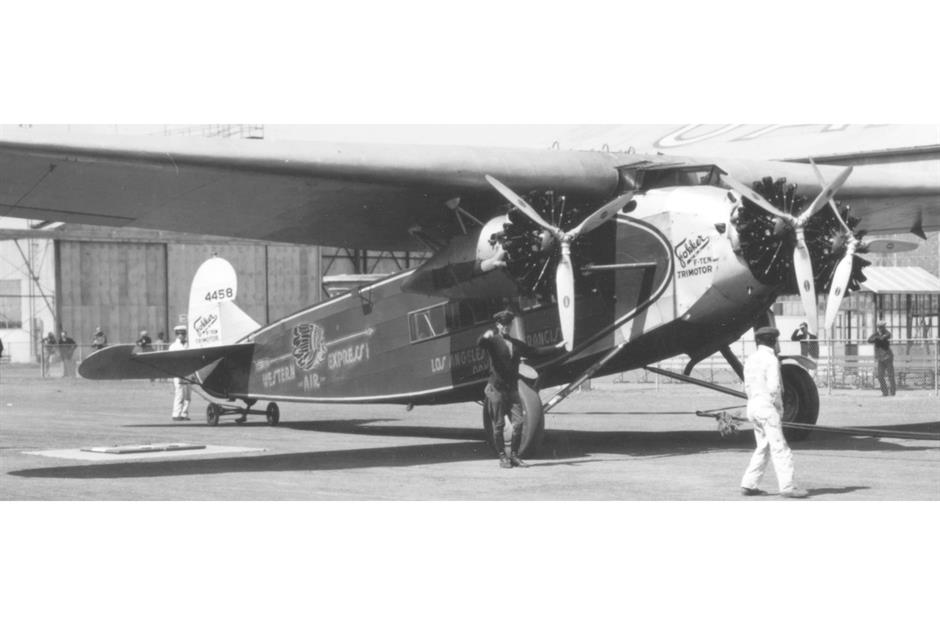
1920s: Lady Heath pilots a plane for KLM Royal Dutch Airlines
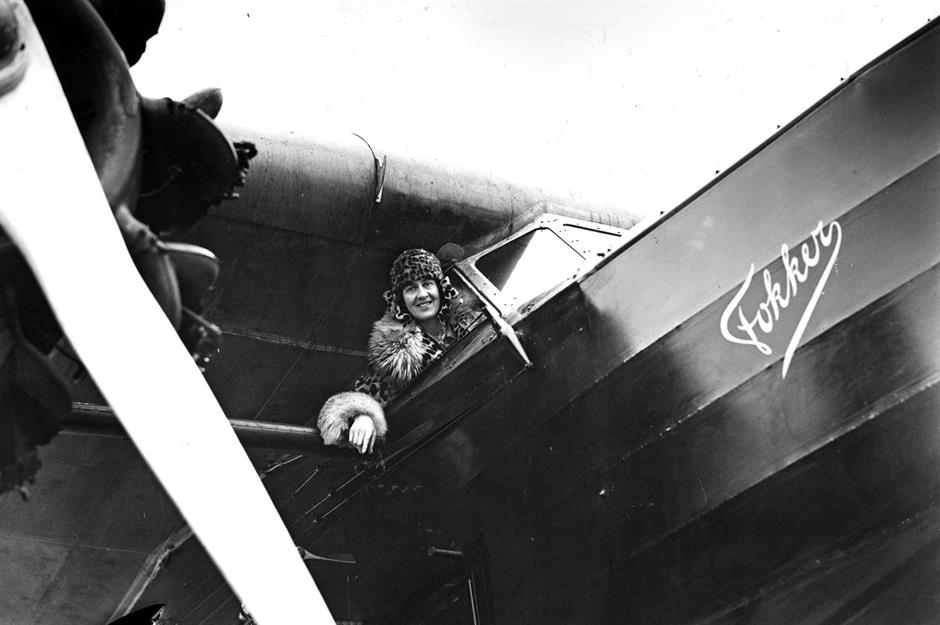
1920s: passengers are served drinks on a French Air Union plane in 1929
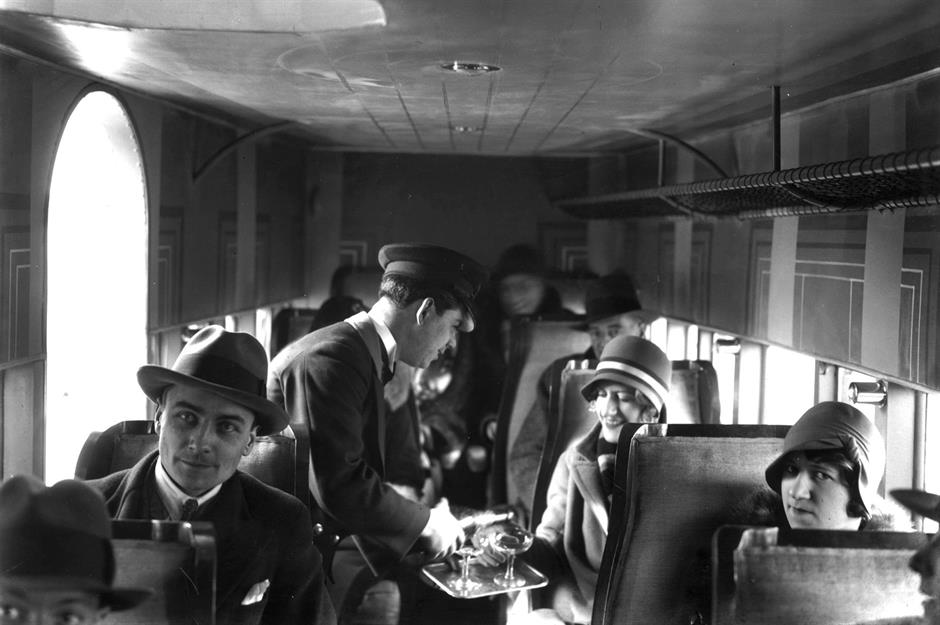
Life onboard a 1920s aircraft was very different from that of the modern day. Flights were a lavish affair reserved only for the richest members of society. Passengers had their every need attended to and were waited on with fine food and drink. However, the ride itself wouldn't have been so comfortable. Planes travelled at a much lower altitude, so passengers were subjected to lots of noise, turbulence and long journey times.
Love this? Follow our Facebook page for more travel inspiration
1920s: an early in-flight movie in 1925
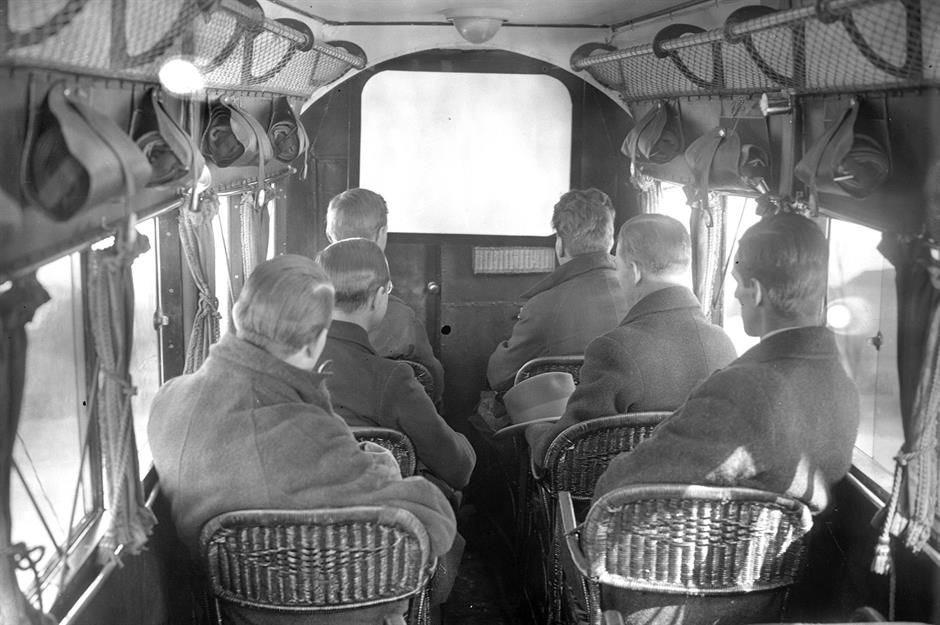
In-flight entertainment systems looked rather different too. Today aeroplane entertainment is a solitary, hi-tech affair but, in the early days of flight, passengers would typically gather around a single screen if they wanted to catch a movie. One of the earliest films to be shown up high was Sir Arthur Conan Doyle's The Lost World in 1925 with Imperial Airways. Here, passengers on a German airliner also enjoy a movie in the year 1925.
1930s: a woman hands over an airmail parcel to Western Air Express staff circa 1930
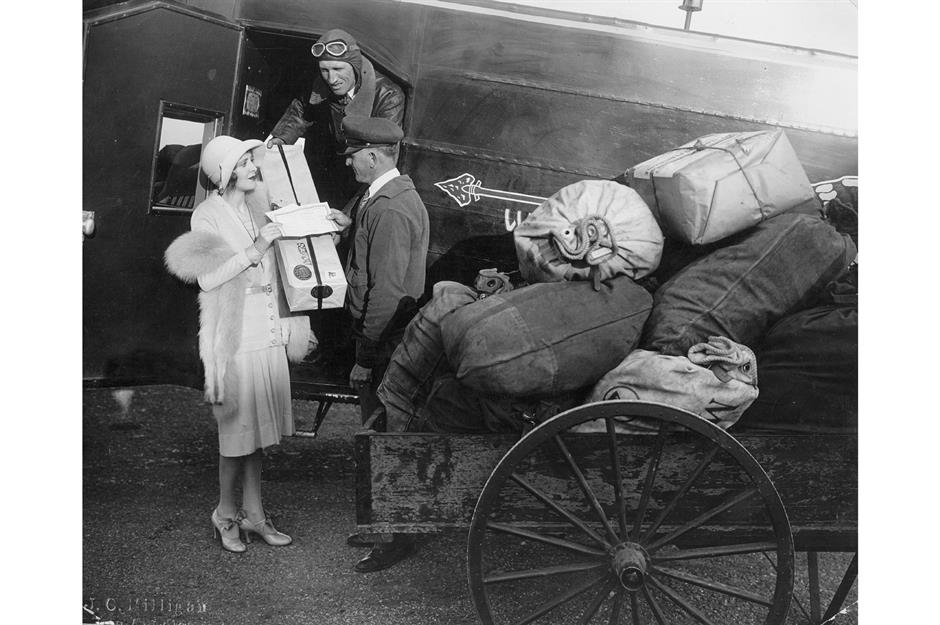
The early 1930s continued in a similar fashion to the 1920s, with airlines offering airmail delivery services and also carrying passengers. Flying was still extremely expensive and fairly uncomfortable but, according to the Smithsonian National Air and Space Museum, the number of airline passengers grew from 6,000 in 1930 to 450,000 in 1934. Here, a woman passes on her mail to the crew of a Fokker F.10 monoplane operated by Western Air Express.
1930s: passengers listen to a broadcast aboard a flight in 1931
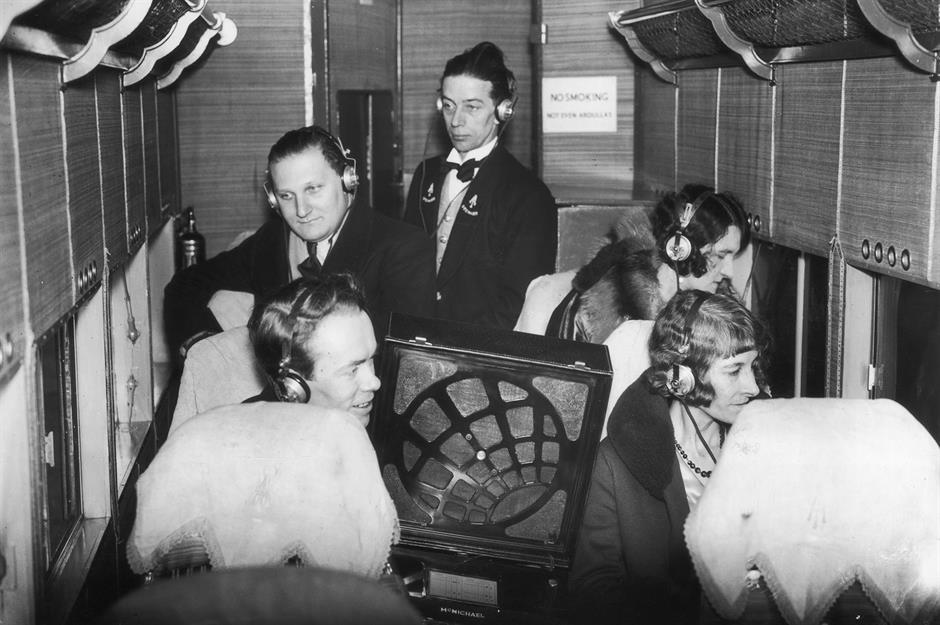
1930s: an early Anglo-Australian airliner in 1934
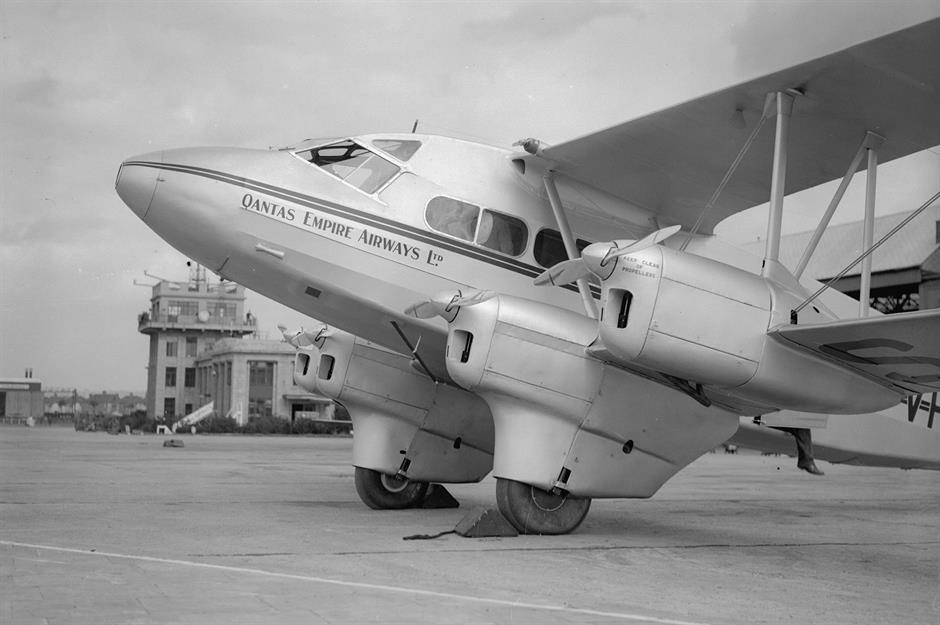
1930s: Eastern Air Lines stewards in the 1930s
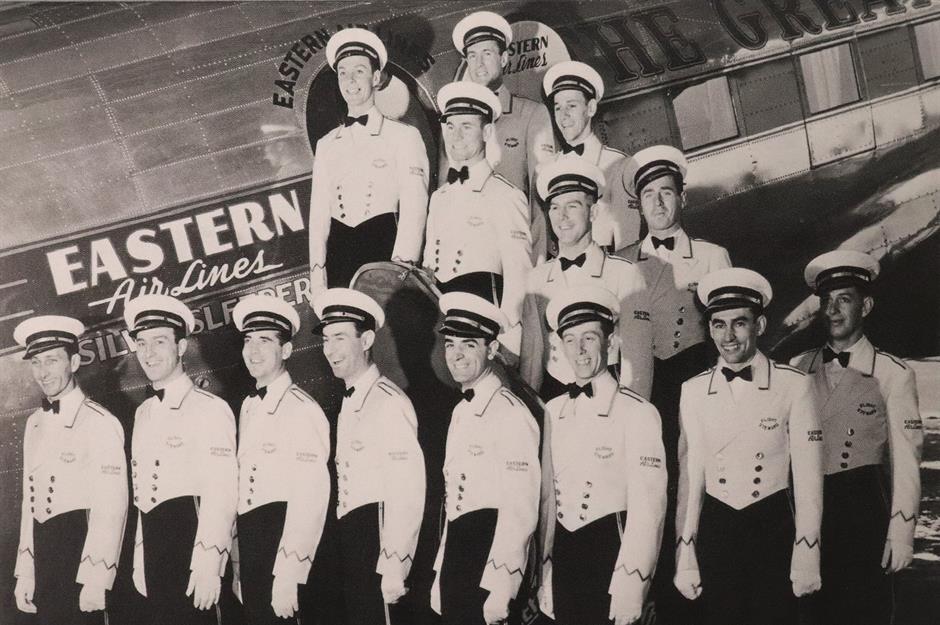
In the 1920s and into the early 1930s, the role of flight attendant was one mostly reserved for men, who were usually referred to as "cabin boys". This was soon flipped on its head, though. The first female flight attendant, a nurse named Ellen Church, was employed in 1930 and by the middle of the decade most of these jobs went to women. The women were often also trained nurses and there were strict rules as to their age, height and weight. Before this change, this photo shows an all-male team of air stewards posing before an Eastern Air Lines plane in the early 1930s.
1930s: an Imperial Airways cabin in 1935
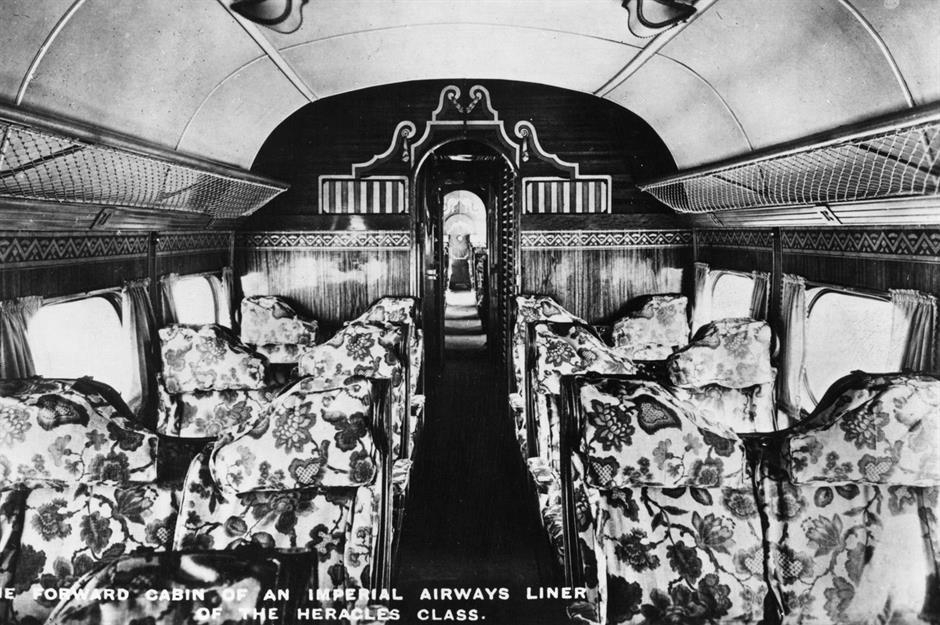
1930s: a Douglas DC-3 in flight

1930s: Pan American Airways flies across the Atlantic in 1939
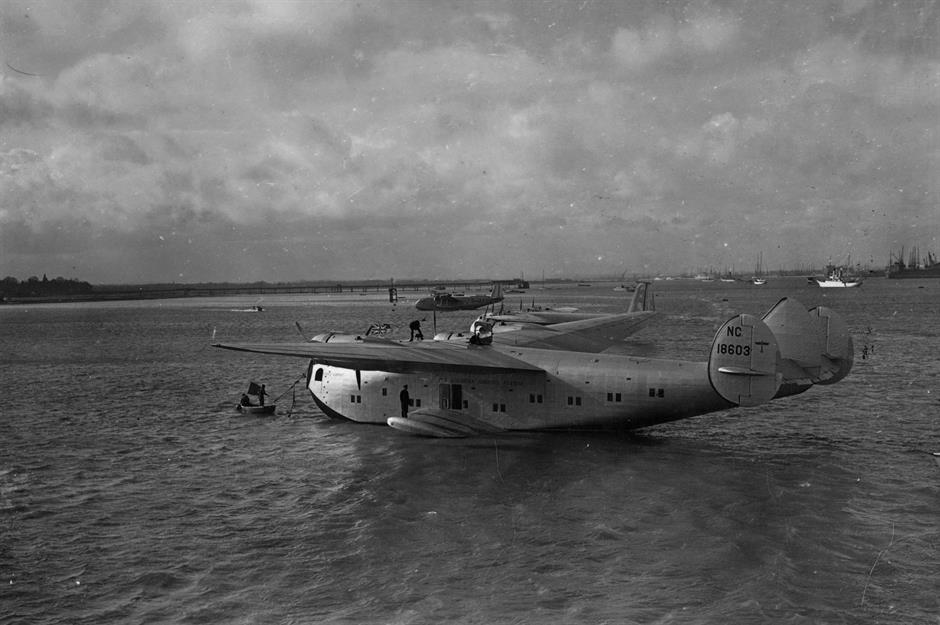
1940s: Pan American World Airways' 'Flying Cloud' clipper
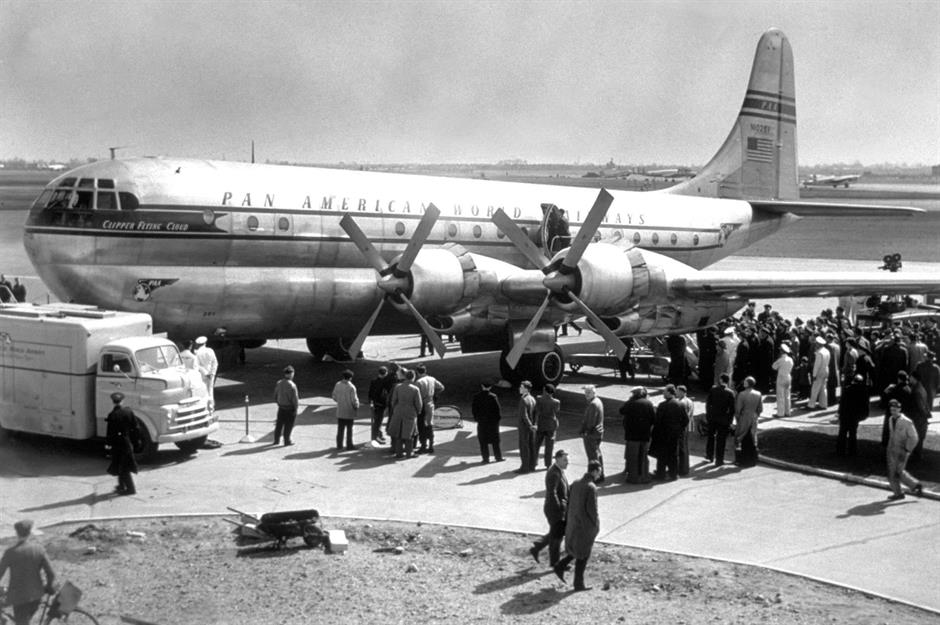
The onset of the Second World War meant developments in commercial aviation were put on the back burner, and all resources were plunged into the war effort. However, by the end of the decade, the industry was recovering, especially since the war had given rise to new runways and military aircraft were able to be converted and put to commercial use. This 1949 shot shows Pan Am's 'Flying Cloud' clipper, the first of a group of planes to begin a service between New York and London in the 1940s.
1940s: passengers aboard a Pan Am Boeing 307 aircraft circa 1945
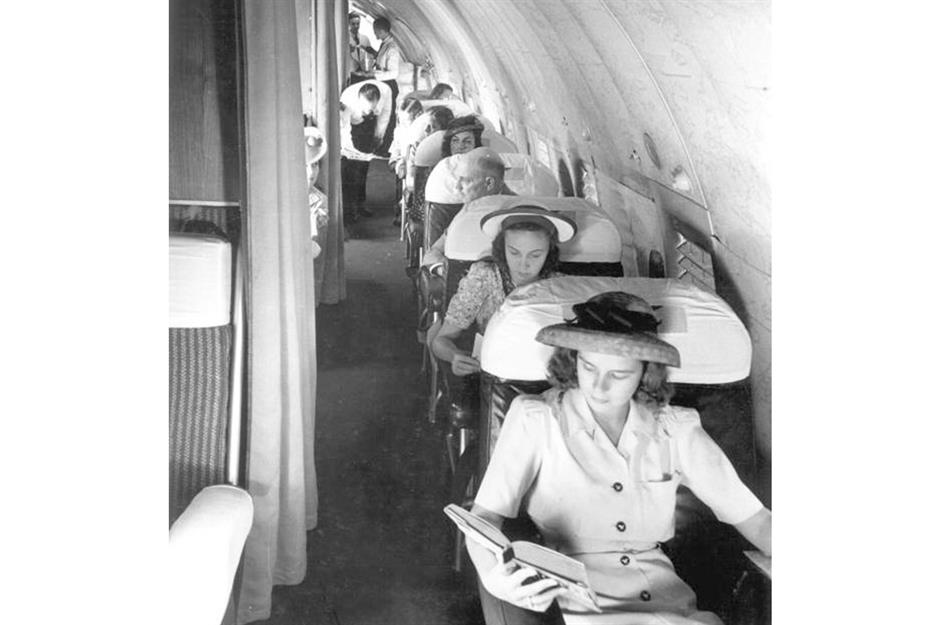
1940s: poster advertising TWA
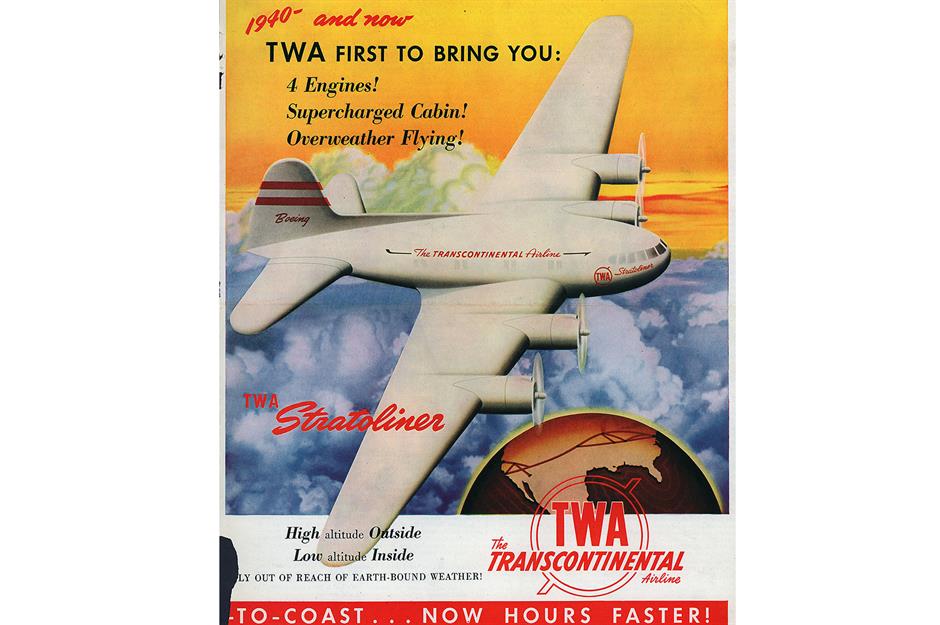
1950s: crowds wave off the world's first jet airliner service
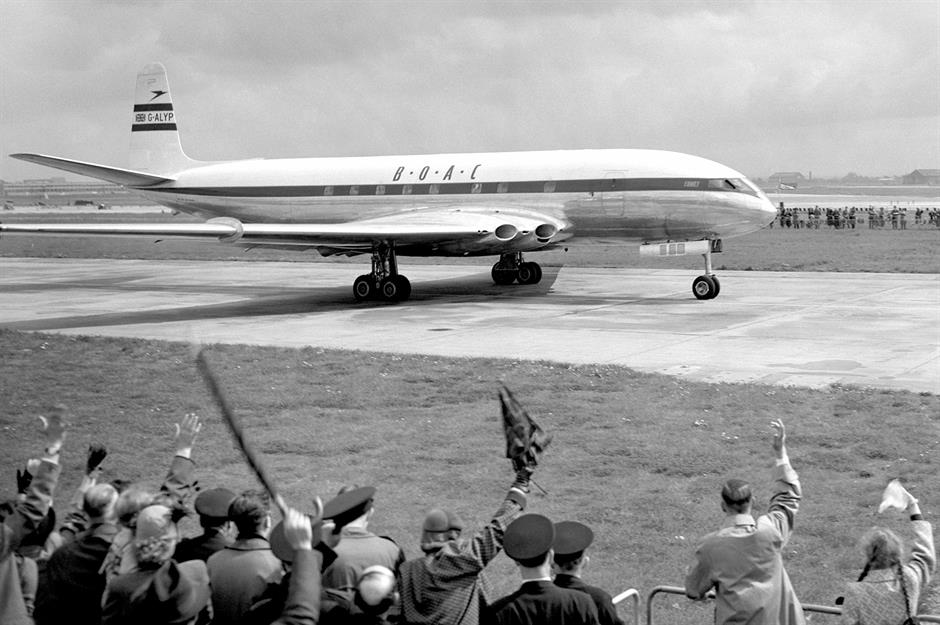
1950s: a passenger enjoying lunch on the world's first commercial jet airliner service
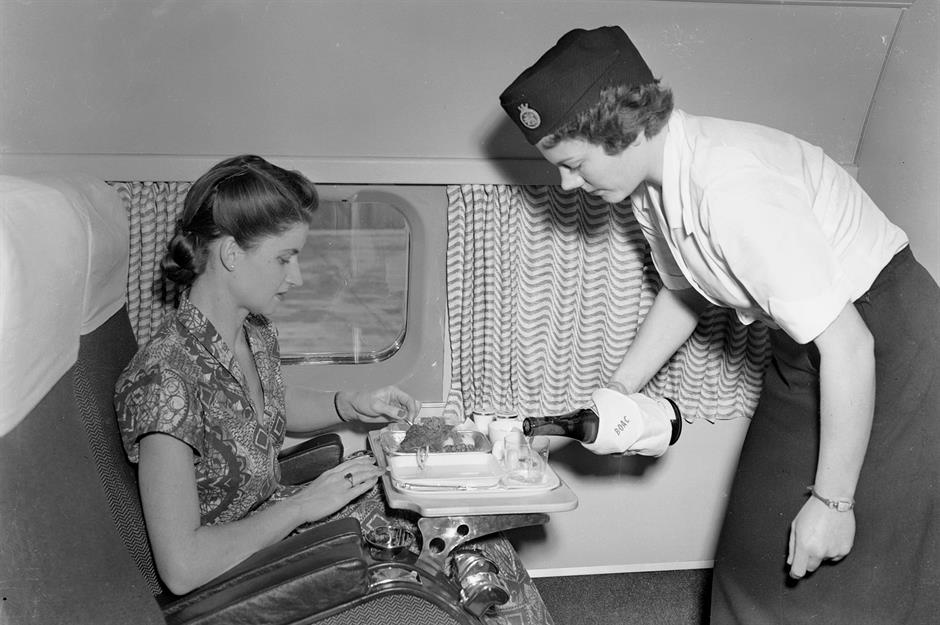
1950s: a test flight for the Boeing 707 jet airliner with Pan Am
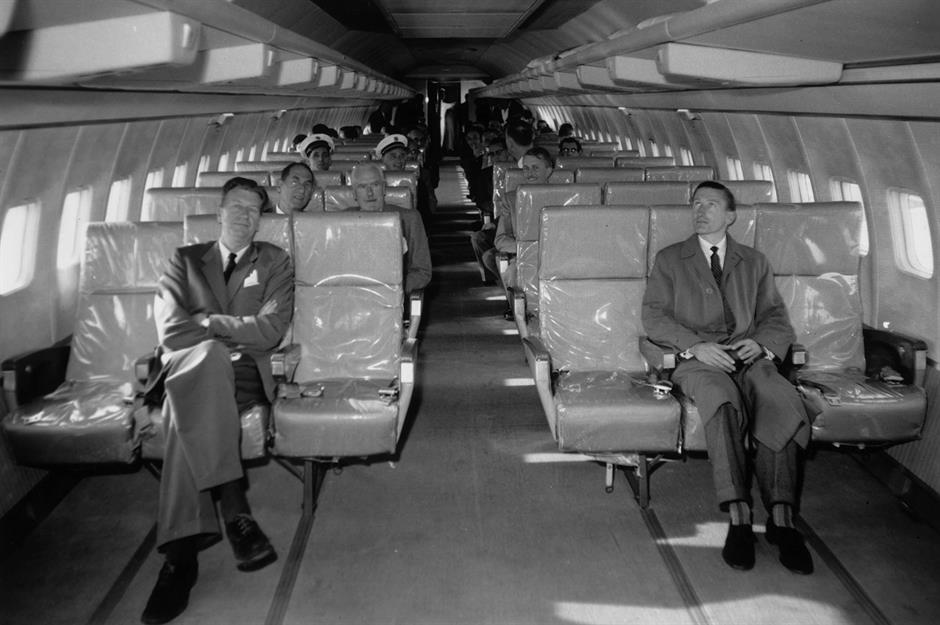
1950s: the Queen arrives in Bermuda on a BOAC flight in 1953
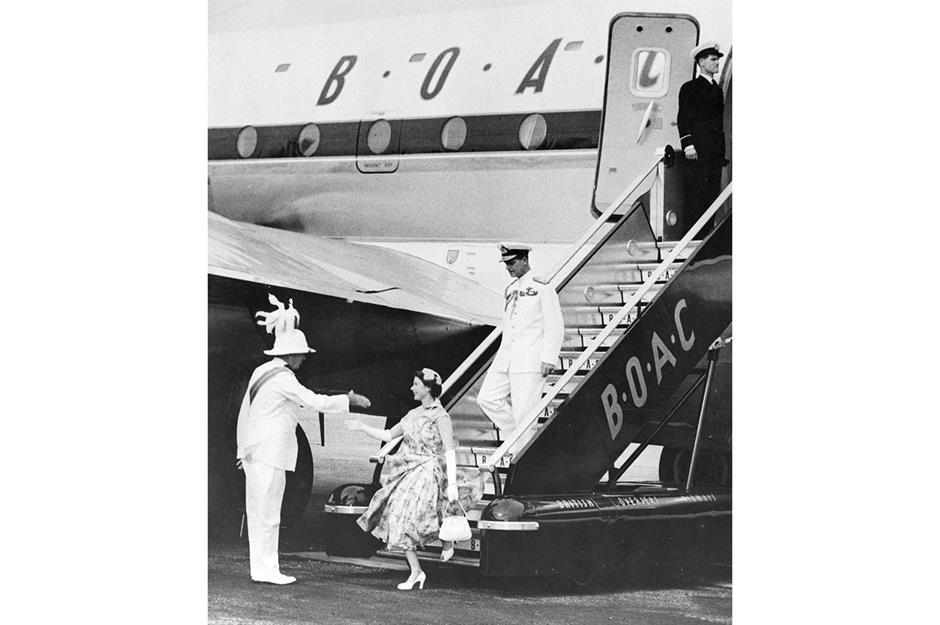
1950s: an air hostess attends to passengers on a National Airways Corporation flight in 1959
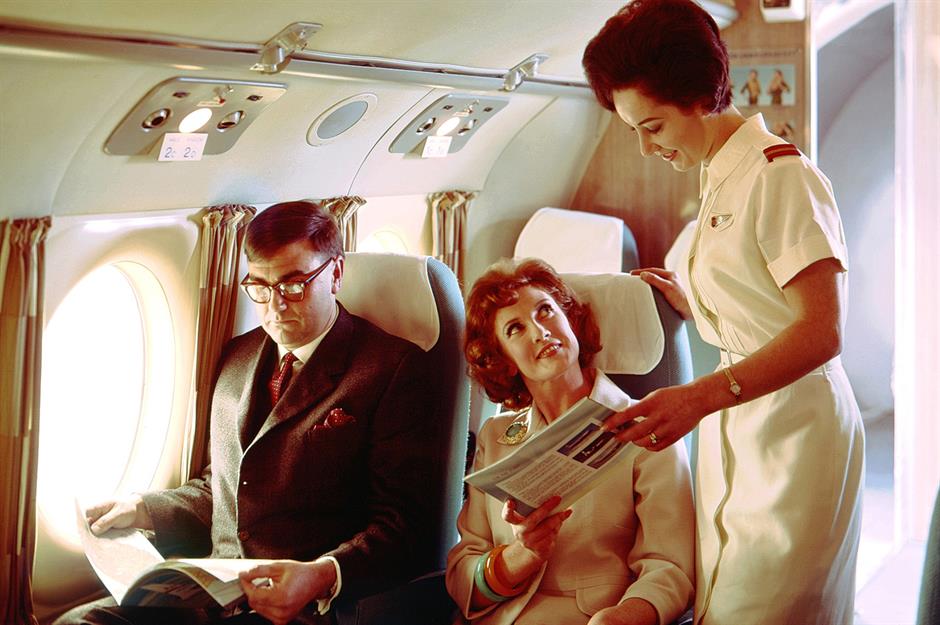
1950s: a movie projector on a United Airlines flight circa 1950
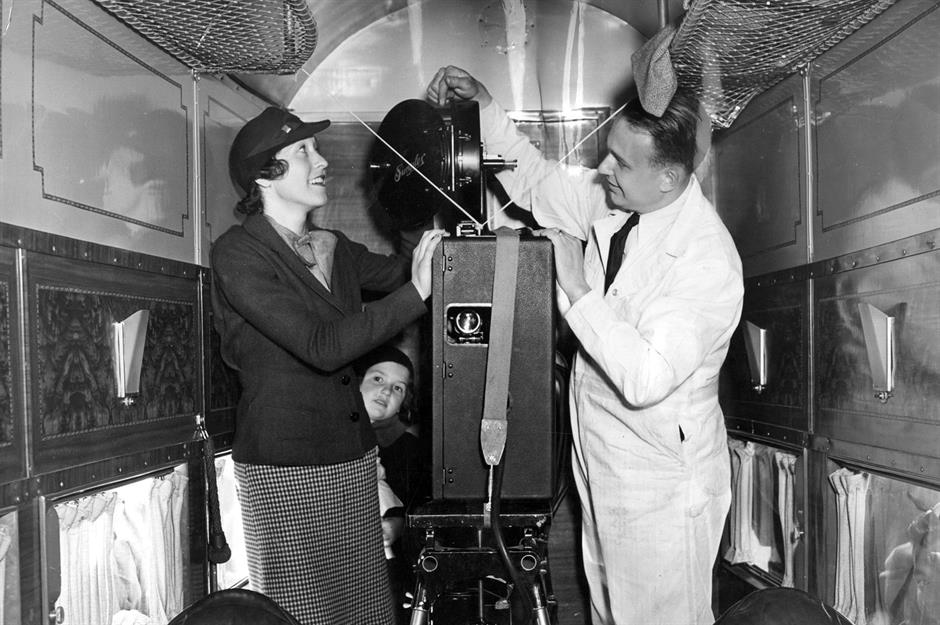
1960s: lunch service on a Lufthansa flight in 1967
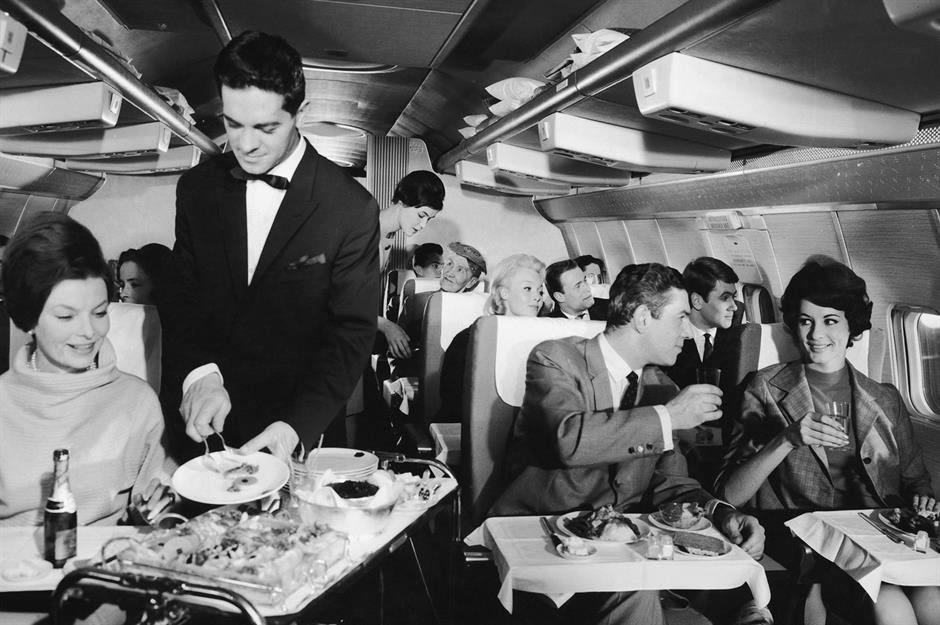
The golden age of travel reigned on through the 1960s and, partly since there wasn't much else to do, dinner was a grand affair. Menus often included multiple courses, bread baskets and dishes such as steak or even lobster. In this 1967 snap, passengers are being served food onboard a Lufthansa flight. Now check out the most decadent airline menus throughout history.
1960s: dinner aboard a SAS aircraft in 1969
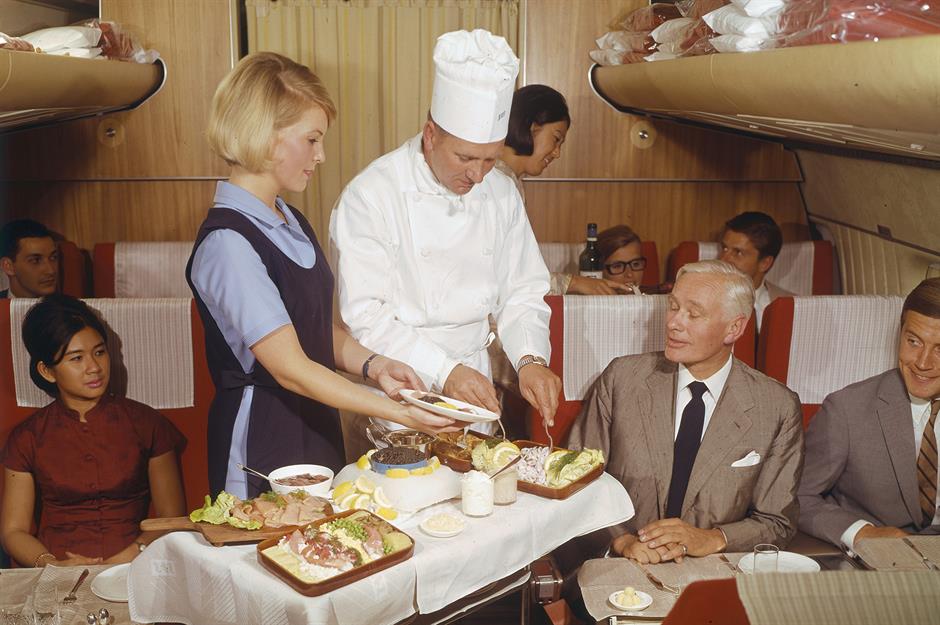
1960s: The Beatles arrive in London on a Pan Am flight in 1964

1960s: flight attendants line up before a model of Concorde in the 1960s
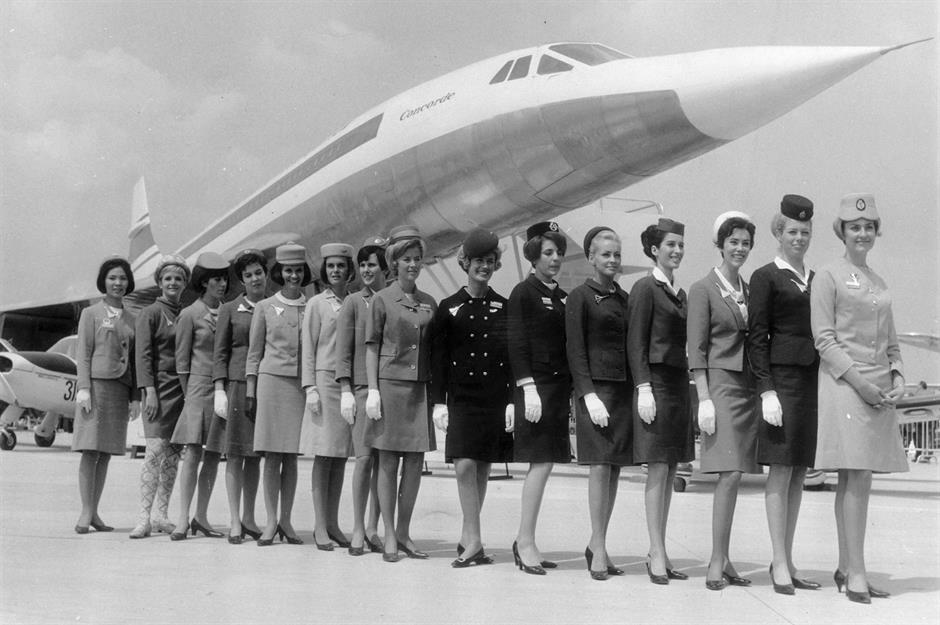
1970s: the first Concorde flight from London Heathrow to Bahrain in 1976
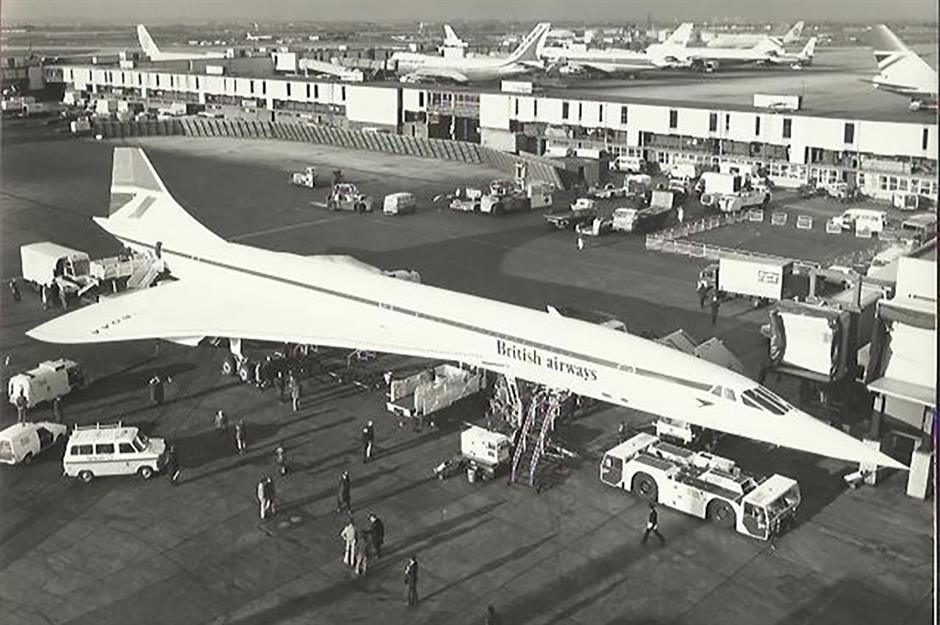
1970s: the Queen on a Concorde aircraft in 1977
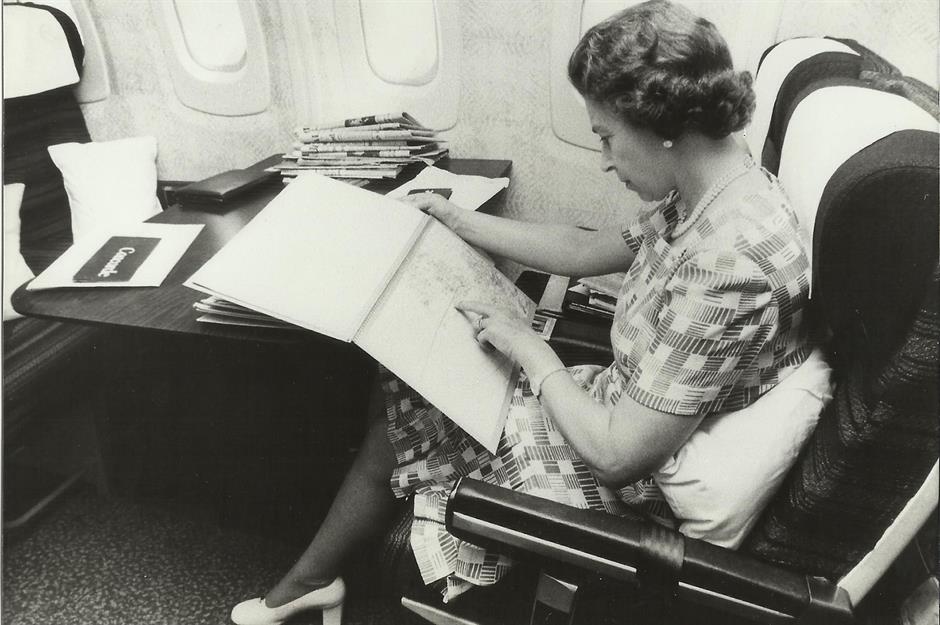
1970s: Laker Airways founder Freddie Laker celebrates the airline's success
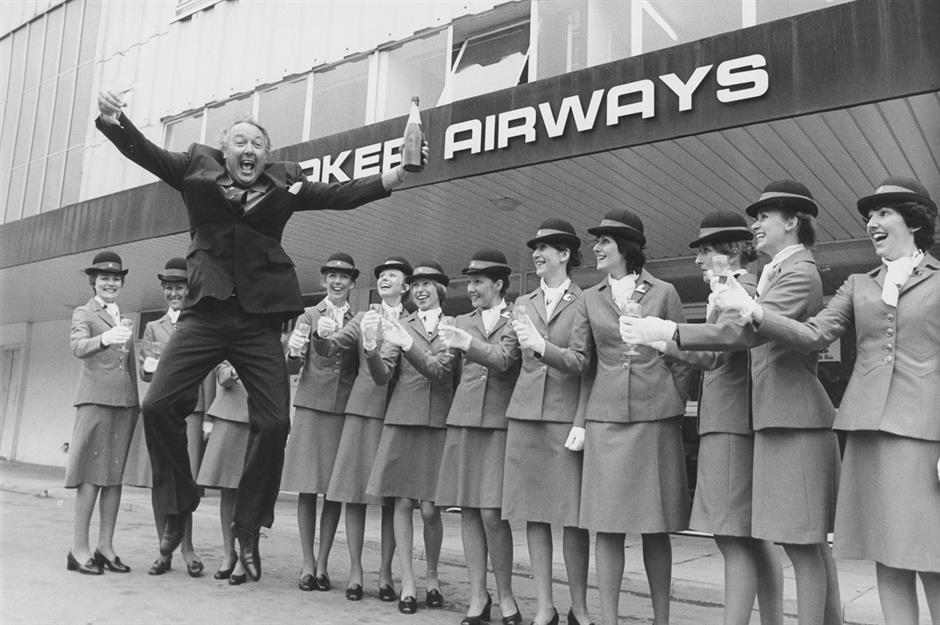
1970s: Laker and passengers aboard Laker Airways' Skytrain
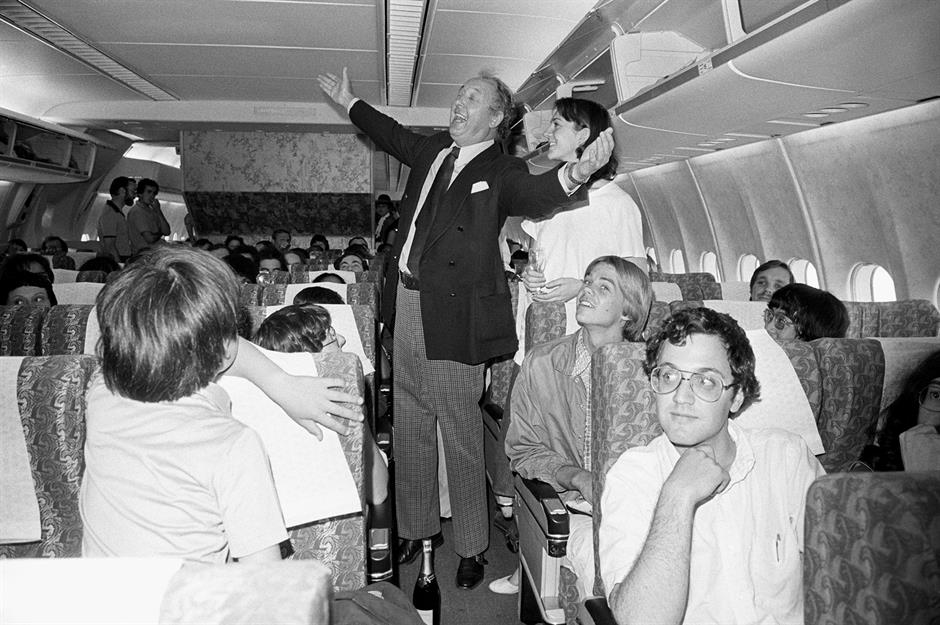
Laker Airways' Skytrain offered a lower fare service between London Gatwick and New York's JFK, which began on 26 September 1977. Like many budget airlines today, the "no frills" service meant passengers had to purchase meals onboard and weren't subject to the usual luxuries of air travel in the era. Laker also came up with ways to reduce fuel consumption and engine wear to enable the lower costs. He's pictured here celebrating with passengers aboard the Skytrain in 1979.
1970s: the first scheduled Pan Am Boeing 747 flight
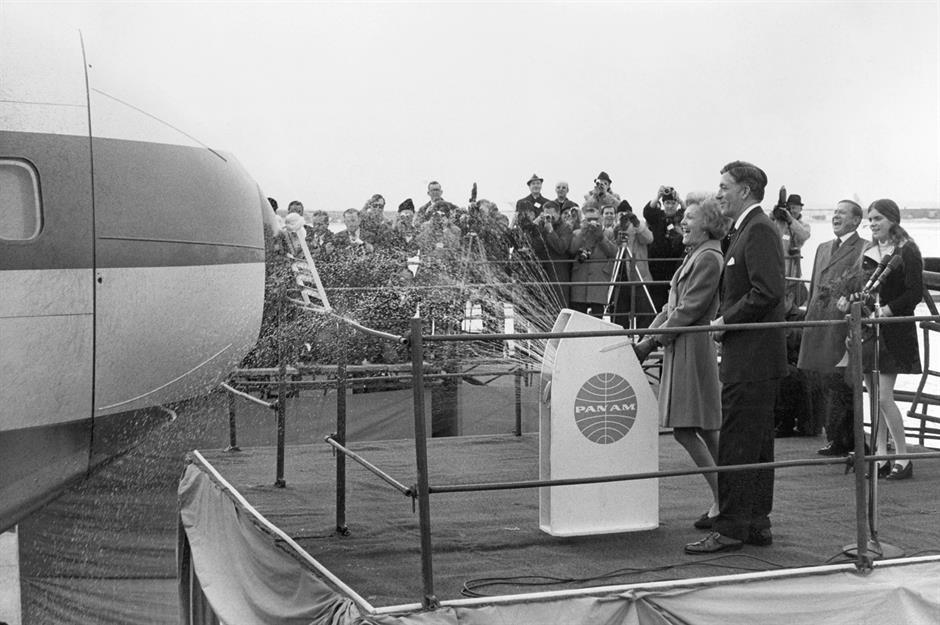
1970s: passengers in the cabin of a Boeing 747

1970s: passengers are served Champagne on a Pan Am 747 flight
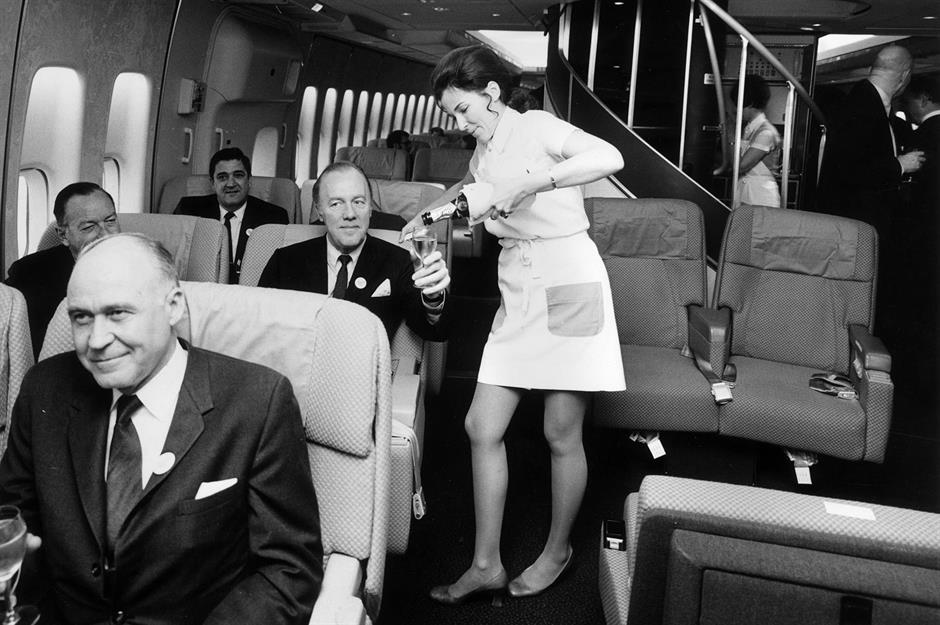
1970s: lunch is served aboard a Boeing 747
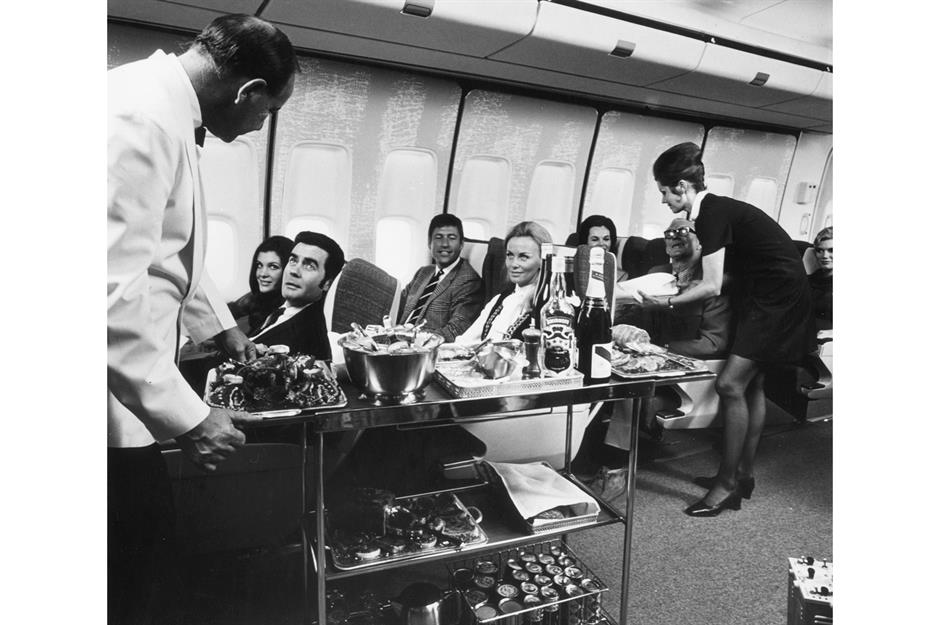
1970s: a lounge on a SAS Boeing 747-B Huge Viking
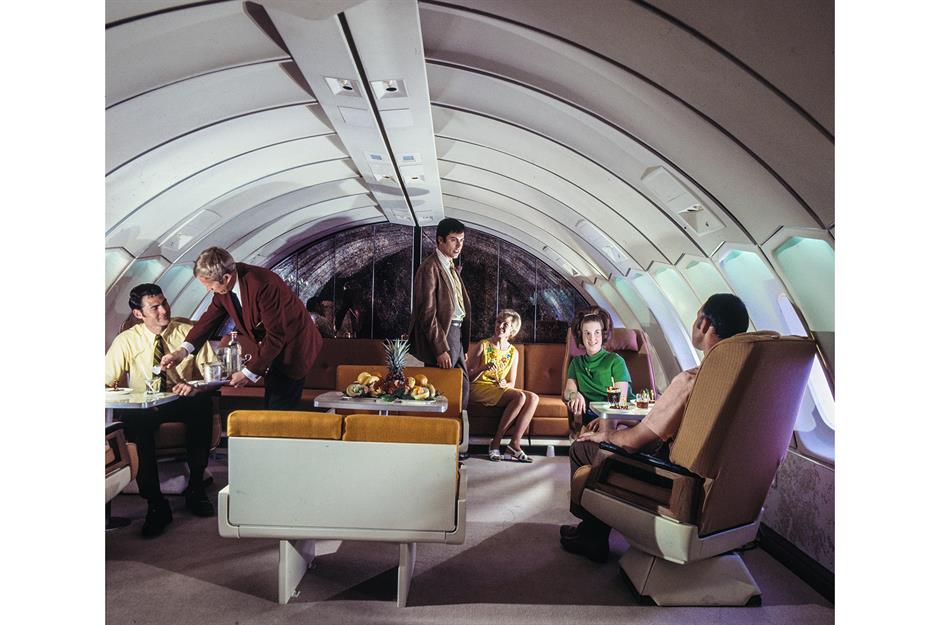
1980s: Laker celebrates further fare cuts in 1980
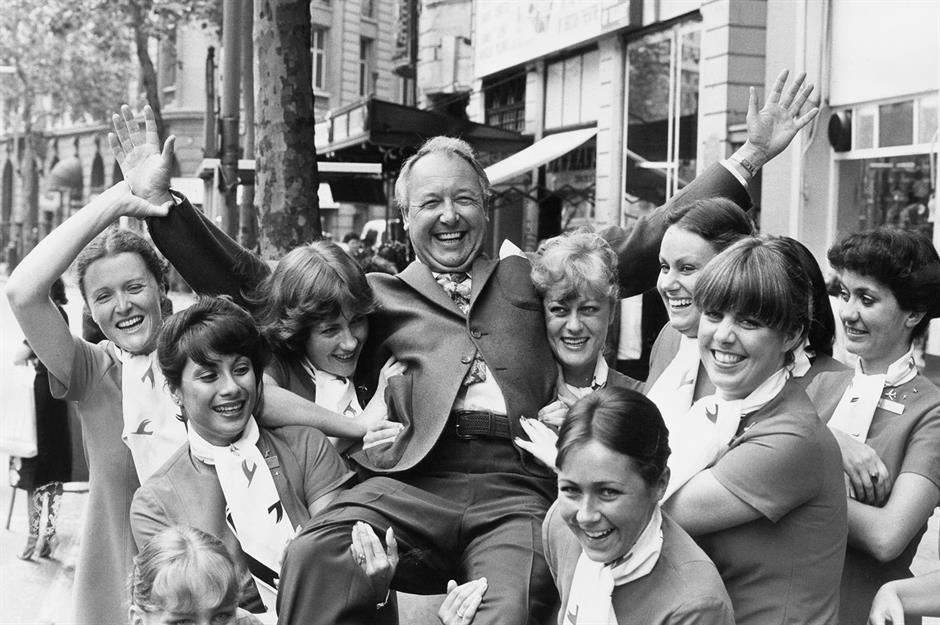
1980s: passengers are stranded as Laker Airways collapses in 1982
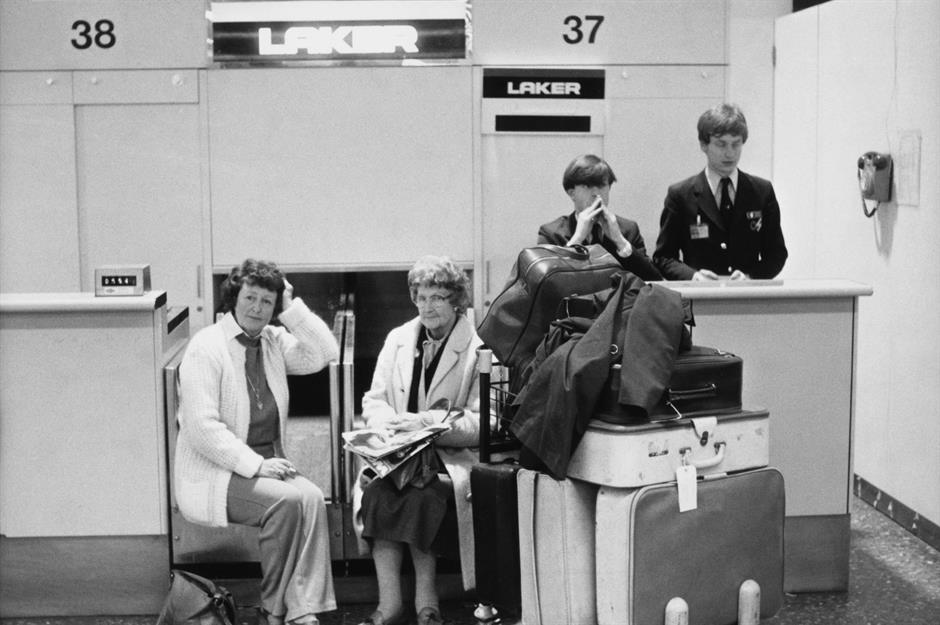
Laker Airways collapsed in 1982, with debts amounting to £270 million ($340m). More than 6,000 passengers were left stranded in airports around the world. Here, exasperated travellers and dismayed Laker staff feel the brunt of the collapse on 5 February 1982. Now discover the groundbreaking planes that changed the world.
1980s: a Ryanair aircraft in 1988
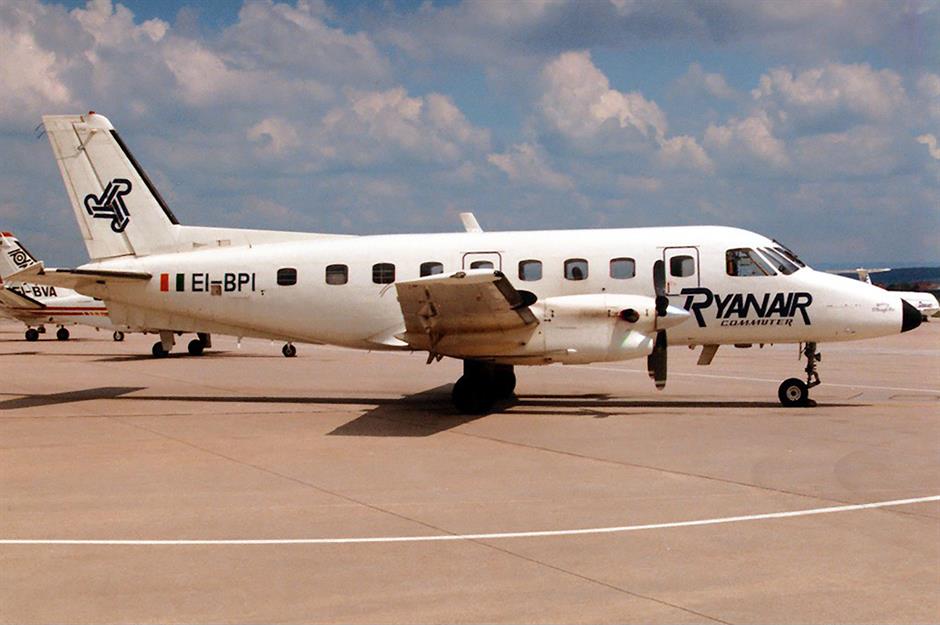
1980s: Richard Branson celebrates the launch of his new airline, Virgin Atlantic Airways in 1984
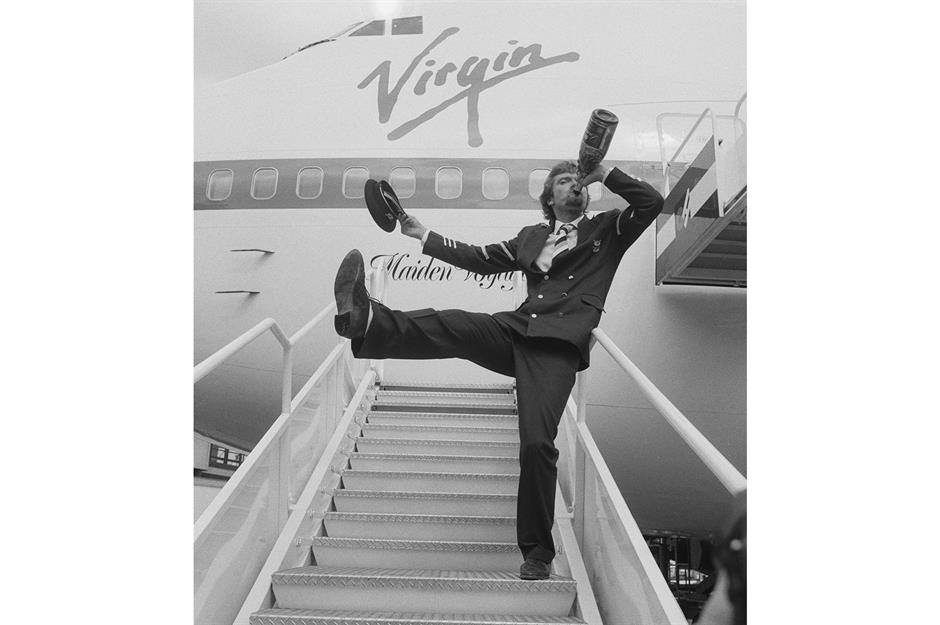
1980s: a flight attendant serves dinner on a SAS flight circa 1980s

1980s: ashtrays on a commercial flight
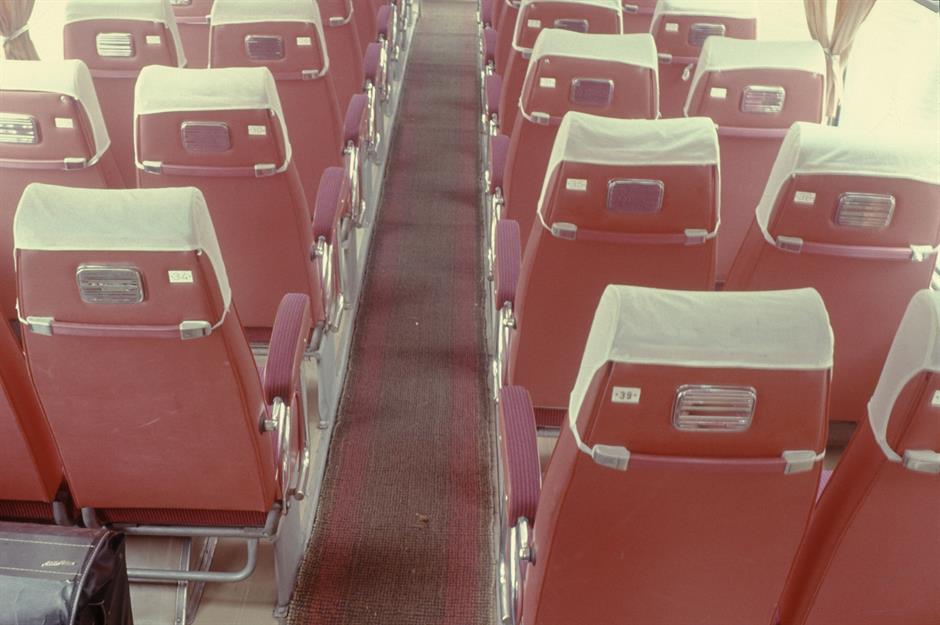
1990s: easyJet boss Stelios Haji-Ioannou in 1995
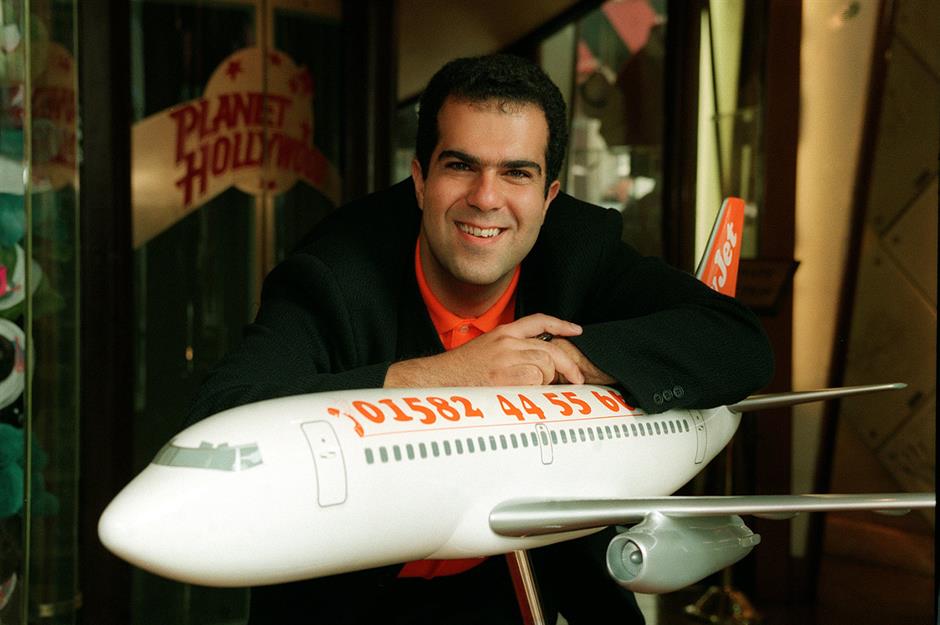
1990s: Ryanair's chief executive promotes low-fare flights
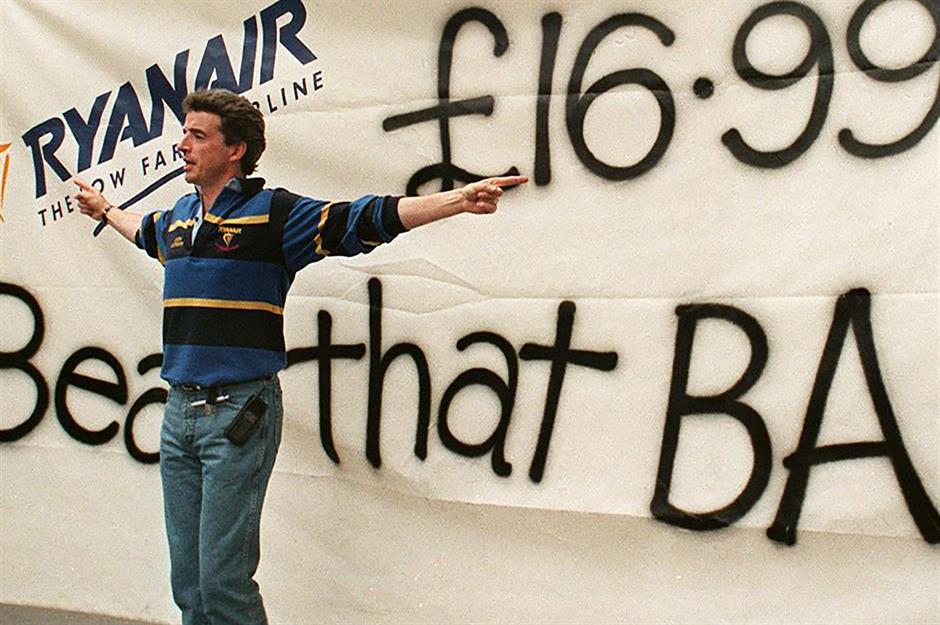
1990s: a Pan Am aircraft in 1991
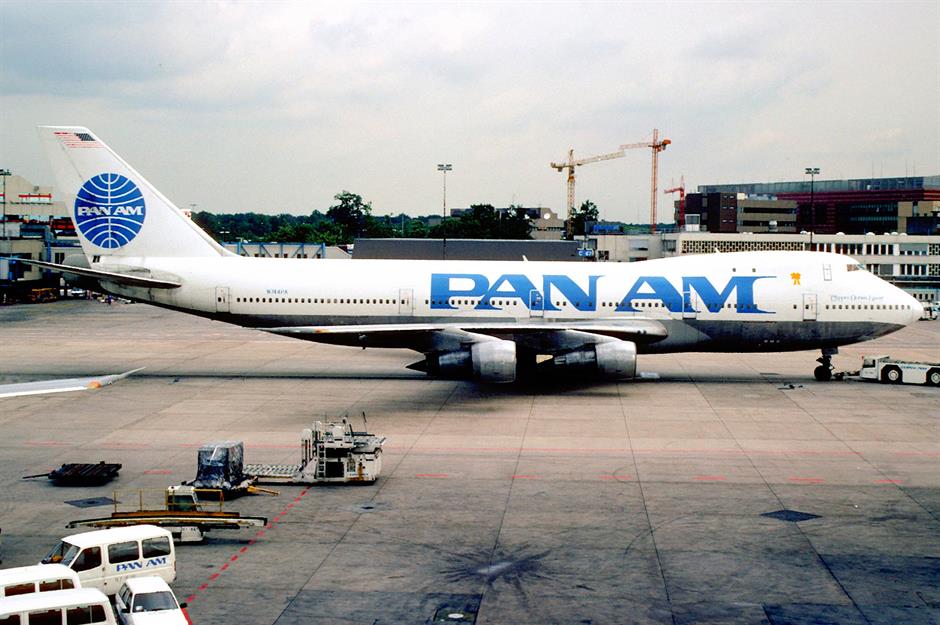
2000s: security at Salt Lake City International Airport in 2001
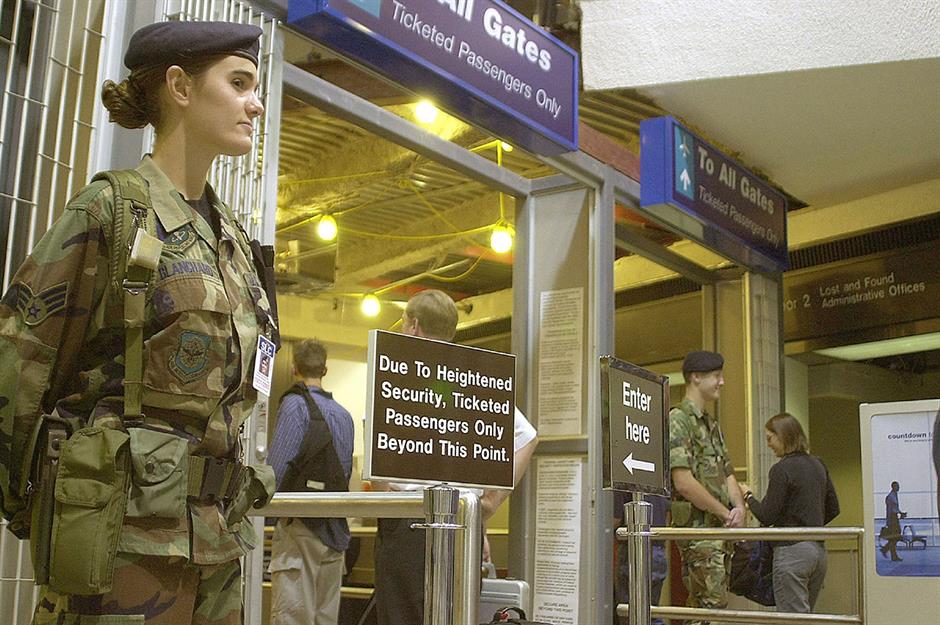
2000s: the door to an aircraft cockpit in 2001
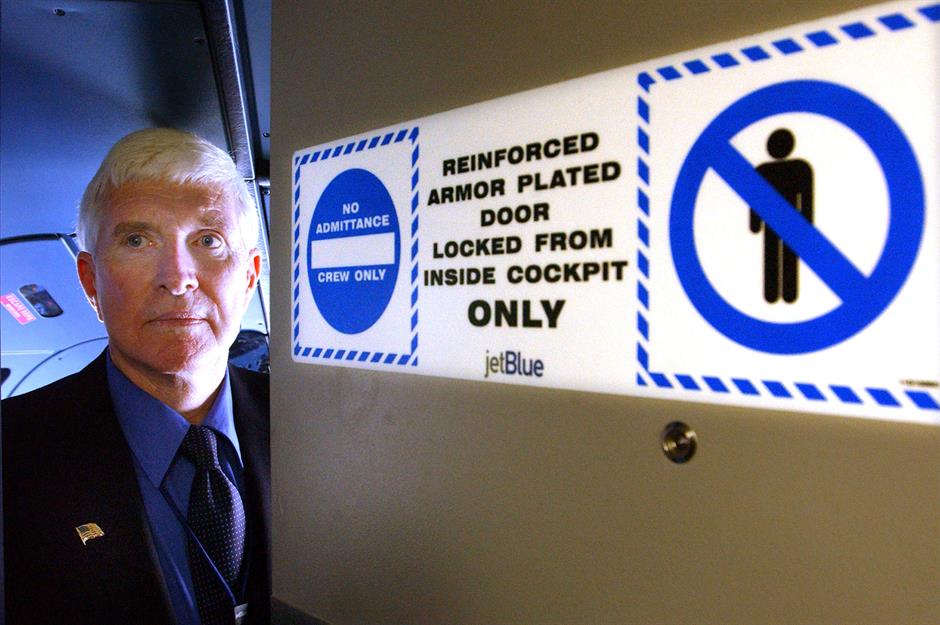
2000s: an easyJet aircraft flying in 2009
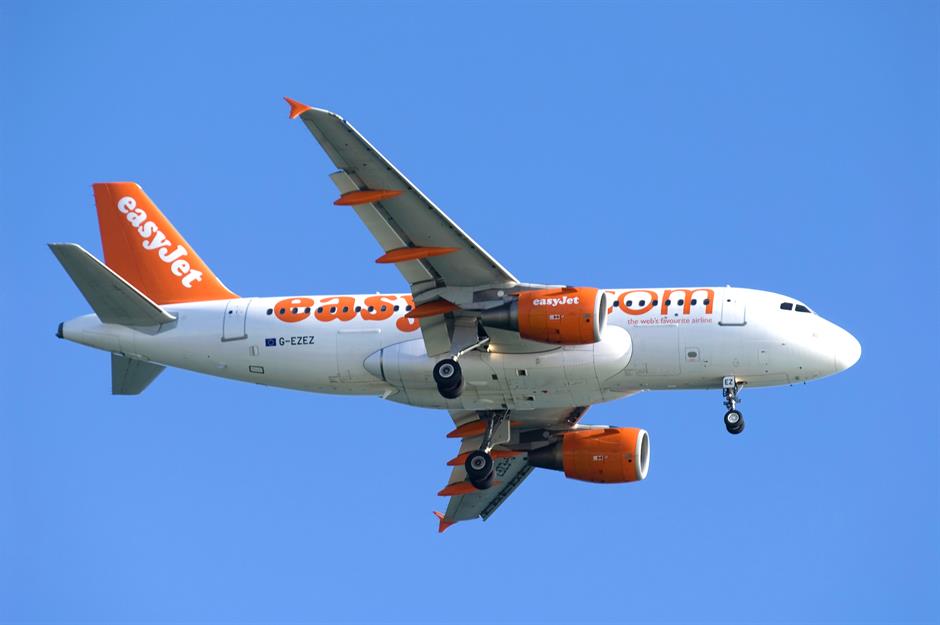
Travellers eschewed air travel in the years following 9/11 and, according to the Bureau of Transportation Statistics, it took until 2004 for air-passenger numbers to reach their pre-9/11 peak. Commercial air travel was recovering by the end of the decade, though, with US air passengers numbering 769.6 million in 2007 – a record high. During this time, it was low-cost carriers that saw the most growth.
2000s: a traveller books flights online
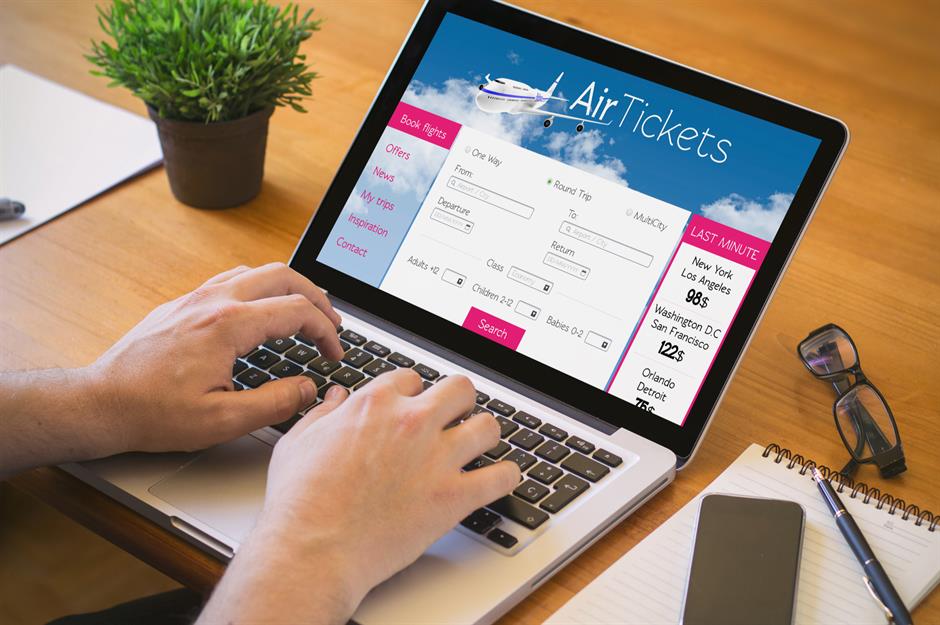
Another significant change during this decade was the way travellers were choosing to book their flights. According to PhoCusWright, a tourism research company, 2009 was the first year that more than half of all travel-related bookings were made online. This placed even more pressure on airlines to be competitive and offer the best value for money.
2010s: a man works on his laptop during a flight
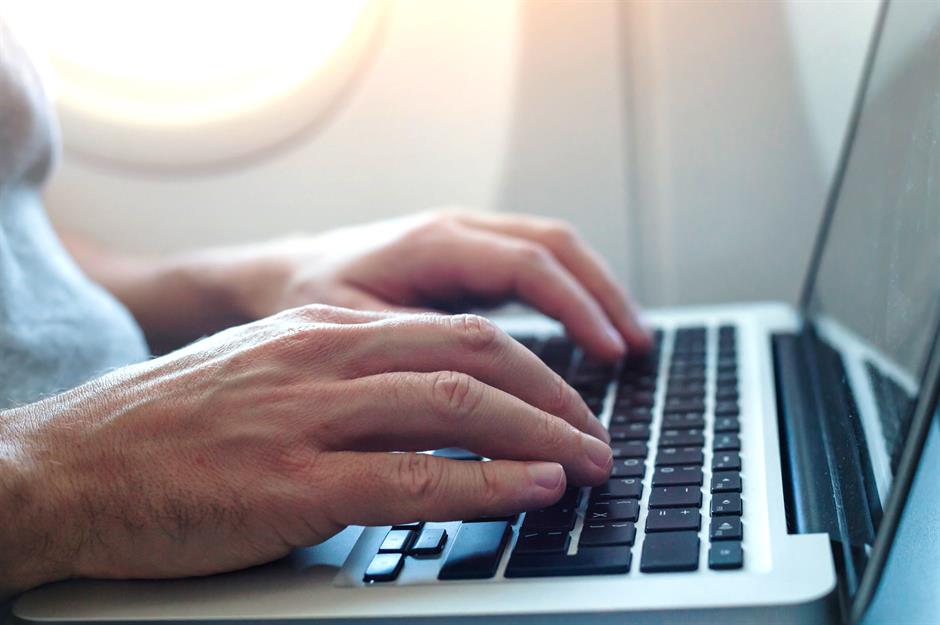
The internet hasn't just infiltrated the booking process. Nowadays it's commonplace for carriers to offer in-flight Wi-Fi, either as part of the package, or for an extra premium. In a major shift from the golden age of travel, this means that flying today is no longer just about pleasure and relaxation – it's also about catching up with work and keeping in touch with people on the ground. Online check-in and smartphone boarding passes have also revolutionised the airport experience over the years.
2010s: a sign for premium economy class in Hong Kong International Airport
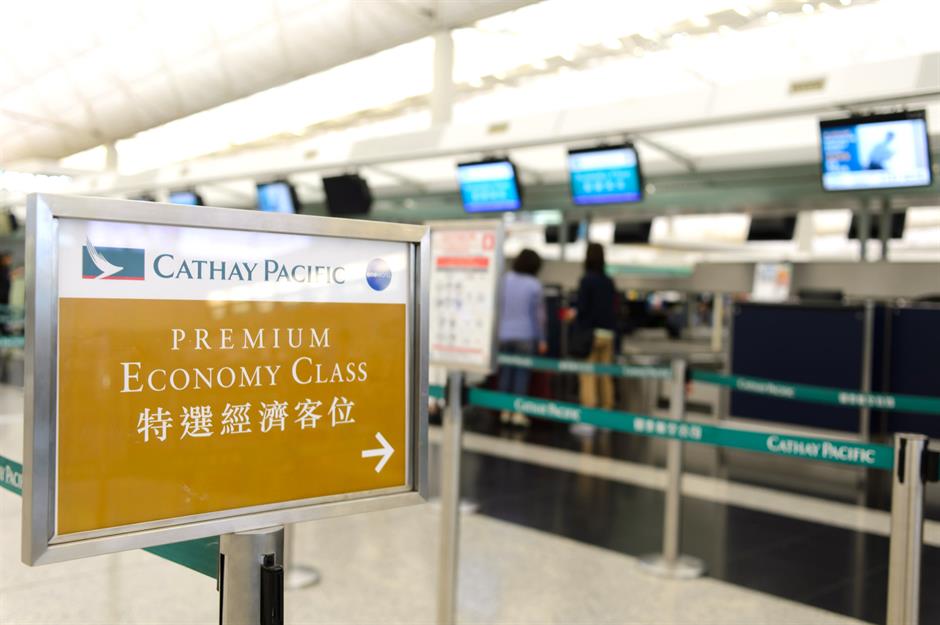
2010s: an American Airlines flight in 2017
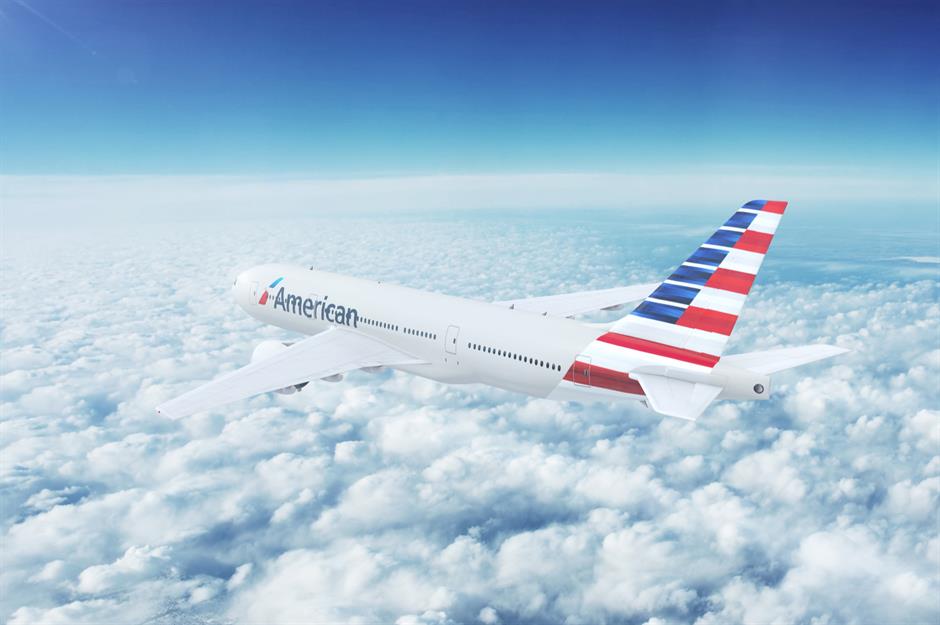
The main change in the last decade was the sheer volume of travellers: more and more people were flying than ever before, and the sky-high numbers had then shown little sign of tailing off. In fact, in 2017, the International Air Transport Association had projected that there could be 7.2 billion air travel passengers by 2035.
2020s: grounded planes at Berlin-Brandenburg Airport, Germany
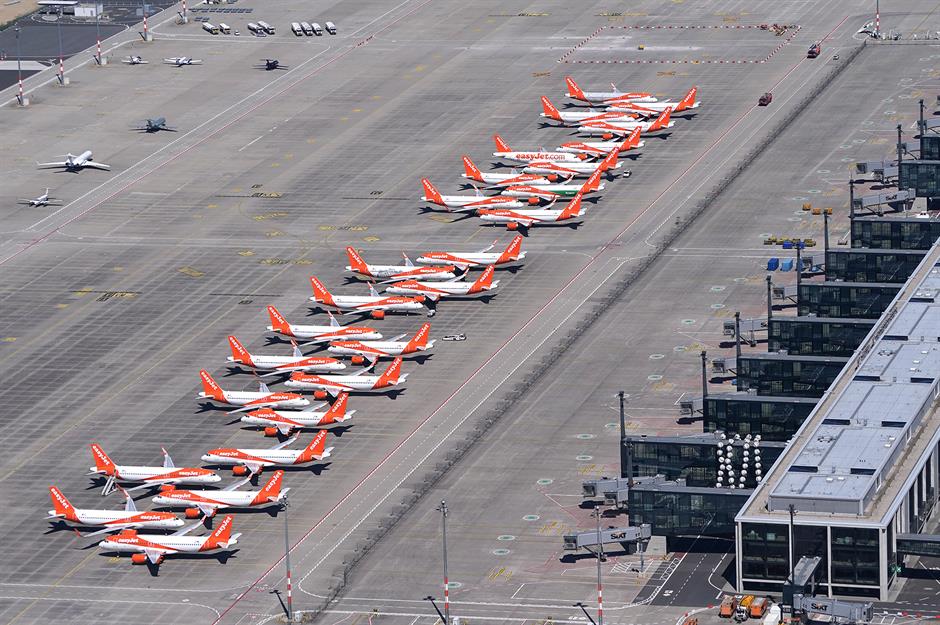
The COVID-19 pandemic has rocked the travel and aviation industry and both passengers and staff are currently adjusting to a new (and unpredictable) ‘normal’. Ever-changing international travel restrictions have left airlines up in the air (figuratively, not literally), and major players including easyJet, American Airlines and British Airways have suffered severe financial losses, resulting in job cuts. This photo from 1 June 2020 shows out-of-service planes at Berlin-Brandenburg Airport.
2020s: a passenger undergoes a temperature check at Heathrow Airport
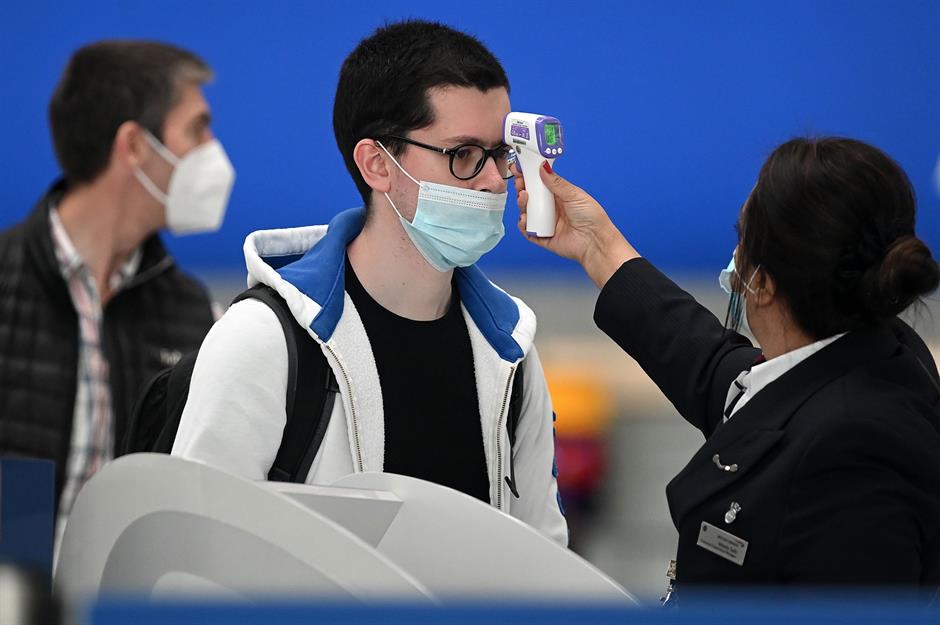
As “air bridges” or “travel corridors” have been announced over the past couple of months, civil aviation has resumed at a crawling pace – though, for passengers choosing to fly, the airport and onboard experience currently looks rather different around the world. Protocols and restrictions vary from airport to airport, and from airline to airline, but typically involve mandatory face coverings, contactless check ins, fewer open airport facilities, social distancing, and, in some cases, COVID-19 tests. A passenger is seen here in July 2020 receiving a temperature check at a BA desk at London’s Heathrow Airport.
2020s: a masked flight attendant on a Brussels Airlines plane
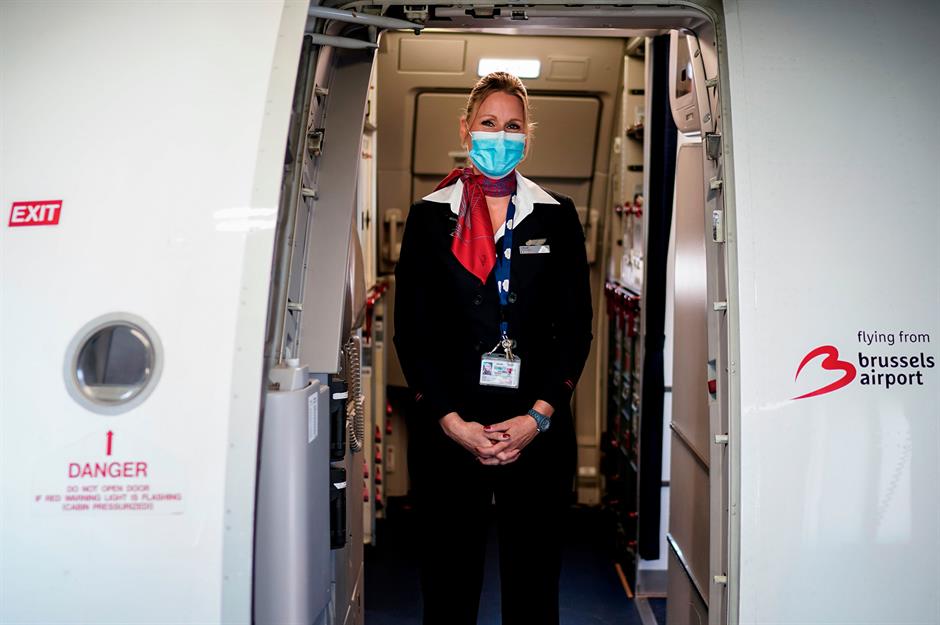
Passengers can currently expect a new experience onboard too. Depending on the airline – and in efforts to reduce touch points and contact between staff and passengers – this might extend to a lack of inflight meals or trolley services, and the reduction of little luxuries like in-flight magazines, blankets and the like. Masks are mandatory on many flights too, while some carriers have been blocking middle seats to allow passengers more space. Love this? Here's what the future of travel looks like.
Comments
Be the first to comment
Do you want to comment on this article? You need to be signed in for this feature
Most Popular
Features How Michael Jackson's children boost their bank balances